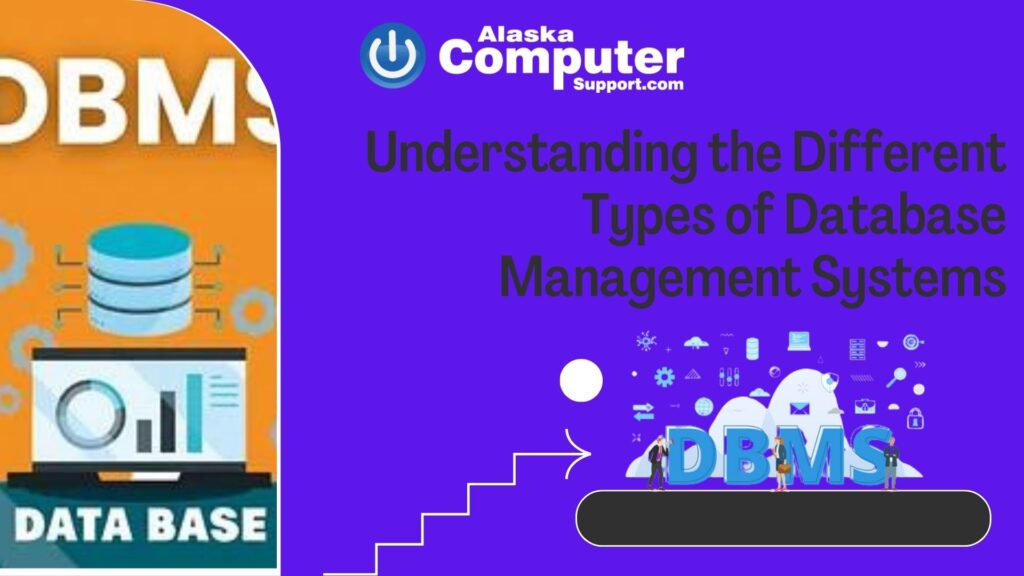Understanding the Different Types of Database Management Systems

Database management systems (DBMS) play a crucial role in the modern digital landscape. From organizing vast amounts of data to providing efficient and secure access, DBMS have become the backbone of countless applications and businesses. Understanding the different types of DBMS is essential for developers, database administrators, and decision-makers involved in data management. This blog post aims to provide a comprehensive overview of the various types of DBMS, their characteristics, advantages, and disadvantages.
Relational Database Management Systems (RDBMS)
Relational Database Management Systems (RDBMS) are the most widely used type of DBMS. They are based on the relational model, where data is organized into tables with predefined relationships. RDBMS excel at handling structured data and ensuring data integrity through primary keys and foreign key constraints. Examples of popular RDBMS include MySQL, Oracle Database, and Microsoft SQL Server. This section will delve into the definition and characteristics of RDBMS, highlight some well-known examples, and explore their advantages and disadvantages.
NoSQL Database Management Systems
NoSQL Database Management Systems have gained significant attention in recent years, especially with the rise of big data and unstructured data formats. NoSQL DBMS offer flexibility by relaxing the traditional relational model’s constraints, allowing for dynamic schemas and horizontal scalability. This section will define NoSQL DBMS and discuss their characteristics. It will explore different types of NoSQL databases, including document, key-value, columnar, and graph databases, providing real-world use cases and highlighting their advantages over traditional RDBMS.
Object-Oriented Database Management Systems (OODBMS)
Object-Oriented Database Management Systems (OODBMS) combine the principles of object-oriented programming with database management. They are designed to store and retrieve complex, interconnected objects, making them suitable for applications with complex data models. This section will define OODBMS, explain their characteristics, and highlight the differences between OODBMS and RDBMS. Additionally, it will discuss the advantages and disadvantages of using OODBMS and when they are most beneficial.
NewSQL Database Management Systems
NewSQL Database Management Systems represent a newer category of DBMS that aim to bridge the gap between traditional RDBMS and NoSQL DBMS. They combine the scalability and performance advantages of NoSQL systems with the strong consistency guarantees of RDBMS. This section will define NewSQL DBMS and discuss their characteristics. It will outline the key features and benefits they offer, such as distributed architecture, ACID compliance, and improved scalability. Furthermore, it will explore the use cases and limitations of NewSQL DBMS in different scenarios.
Comparison and Choosing the Right DBMS
Choosing the right DBMS is a critical decision for organizations, as it directly impacts performance, scalability, and development efficiency. This section will provide key considerations for selecting a DBMS, such as data structure, scalability requirements, and development resources. It will compare the different types of DBMS discussed in the previous sections, emphasizing their strengths and weaknesses. Moreover, it will explore specific factors to consider based on different use cases, such as e-commerce, social networking, and data analytics.
In conclusion, understanding the different types of DBMS is crucial for effective data management and application development. This blog post has provided a comprehensive overview of relational, NoSQL, object-oriented, and NewSQL DBMS. By exploring their definitions, characteristics, advantages, and disadvantages, readers will gain valuable insights into choosing the right DBMS for their specific needs. Whether it’s structured data, unstructured data, complex objects, or high scalability requirements, there is a DBMS tailored to meet the demands of modern applications.
